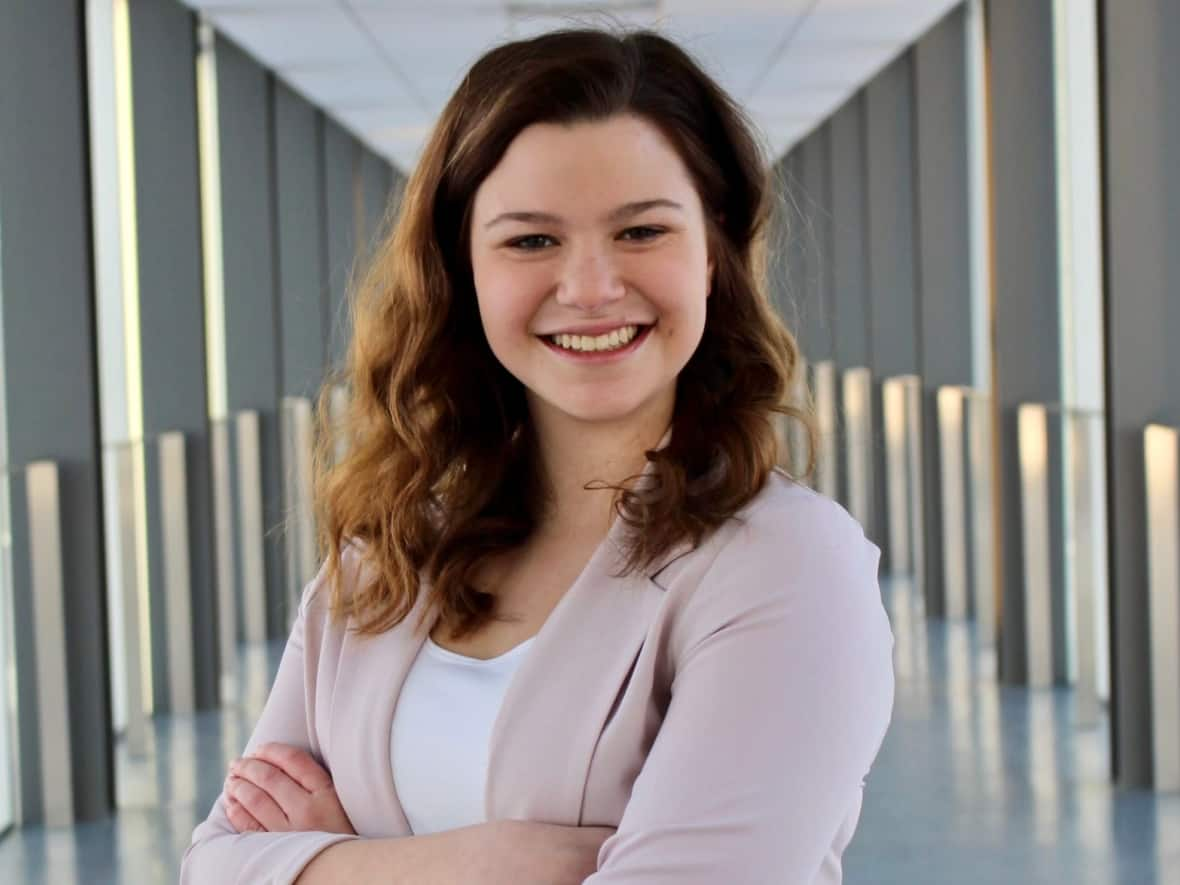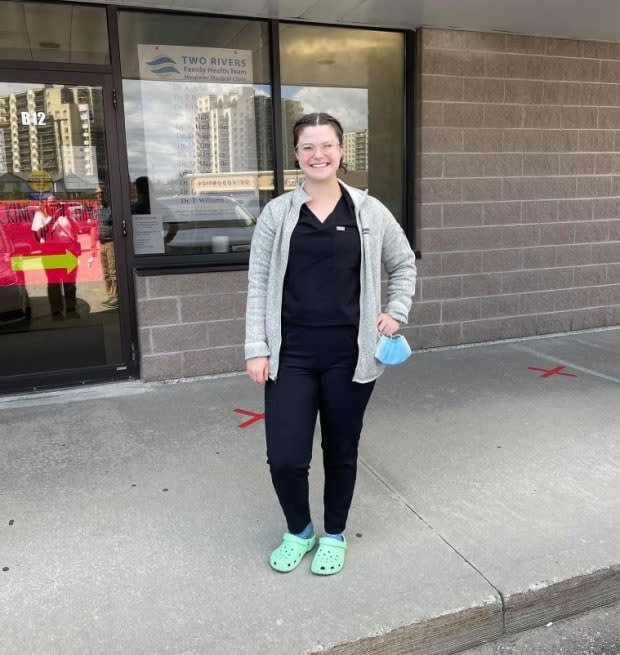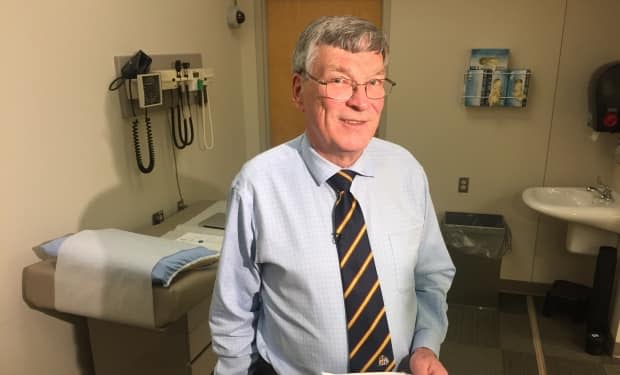Medical schools in Ontario didn't want her. So this aspiring family doctor is training in the U.S.

University of Waterloo biology graduate Katie Walker had her eyes set on medical schools in Ontario, but after two application rounds and rejections from four separate schools, the 24-year-old picked up and moved to the United States to pursue her dream of becoming a family doctor.
Her story of losing out in a highly competitive admissions process has renewed calls to reform a Canadian system that experts say isn't adequately responding to a critical need for family doctors.
"You're a little bit of a number," said Walker of the medical school application process. "It's hard to kind of be able to display your personality and your goals."

Had Walker been able to progress to the interview round of the application process, she would have told them why she's interested in family medicine.
"The connections there are just really impressive to me," she said. "Being able to learn people's stories, and help them and learn about their families and guide them through their health journeys over the years is something that's really appealing to me.
"If I had been able to get to the interview point for more schools, I feel like it would have gone a little bit better," she said.
Walker had an 85 per cent undergrad average, an 88 percentile score on the Medical College Admission Test (MCAT), and nearly 12 months of experience working as a medical secretary at a clinic in Cambridge, Ont.
But it wasn't enough.
Four schools — Western University in London, McMaster University in Hamilton, the University of Toronto and Queen's University in Kingston — rejected Walker's application, twice, in 2021 and in 2022.
Politicians should be asking medical schools to report on how many family physicians they are producing. - James Dickinson, University of Calgary family medicine professor
This spring, the Ontario government announced it would be adding 160 new undergraduate seats and 295 postgraduate seats at medical schools across the province over five years.
Western University's Schulich School of Medicine and Dentistry admits 171 students to its MD program each year: 133 in London and 38 at its Windsor campus.
"Significant changes to the medical school admissions process have taken place over the last several years," said Western University spokesperson Crystal Mackay, "specifically focused on mitigating barriers for underrepresented populations within medicine, such as those who self-identify as racialized, those from low socioeconomic backgrounds and those from rural or remote areas."
The school also puts more focus on non-academic traits now too, she said.
READ | A portion of the letter Walker received from Western in 2021:

Walker also applied to more than 20 American medical schools, and one, the University of Illinois Chicago, accepted her. She starts there next month.
According to Statistics Canada, 4.6 million people in this country did not have access to a family doctor in 2019. Last December, the Canadian Medical Association said 2,400 family physician positions were advertised on government recruitment websites.
Should med schools be held more accountable?
"Part of the problem now is that we have a system that is very focused on specialist training," said James Dickinson, University of Calgary family medicine and community health sciences professor.
According to Dickinson, two-thirds of all medical students pursue specialty training, and among those remaining, a large percentage pursue emergency medicine or hospital programs.
"So the number who are going into general family medicine that the public needs at the front line is really quite small," he said.
The Canadian Medical Association says that in the six-year period between 2015 and 2021, the percentage of medical graduates choosing family medicine fell from 38.5 per cent to 31.8 percent.
Plus, the more specialized you are, the more money you make, said Dickinson.

"Politicians should be asking medical schools to report on how many family physicians they are producing," said Dickinson. "I think if medical schools actually had to focus on that, they might change what they do somewhat."
Dickinson also worries family physicians don't receive enough training, something the College of Physicians of Canada has also said.
"We now have the shortest family medicine training in the civilized world — two years," he said. "Most countries go to three, or four or even five years.
"We need to have more and better training for family medicine graduates to give them the skills so they can go into those places and feel confident that they know what to do."


